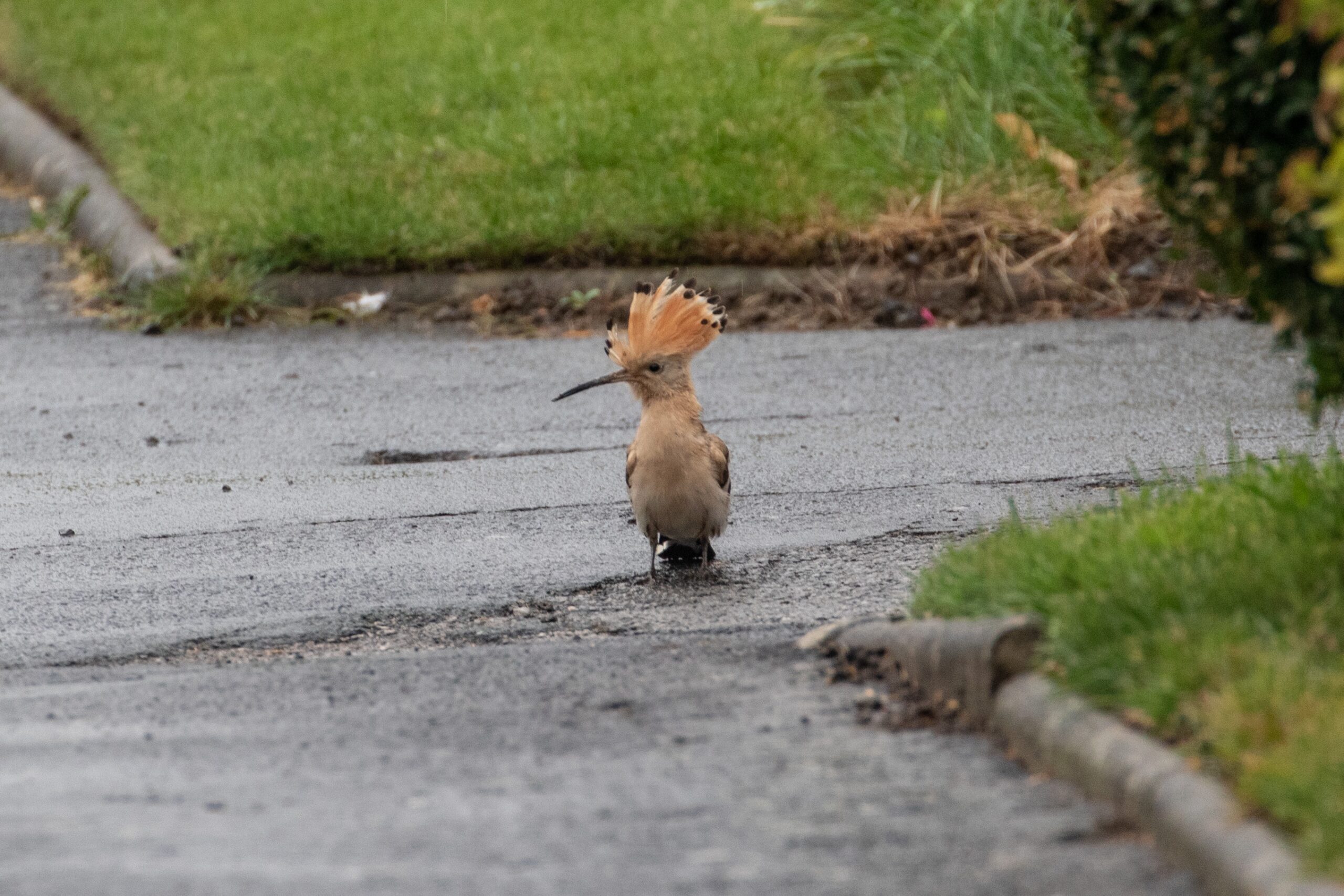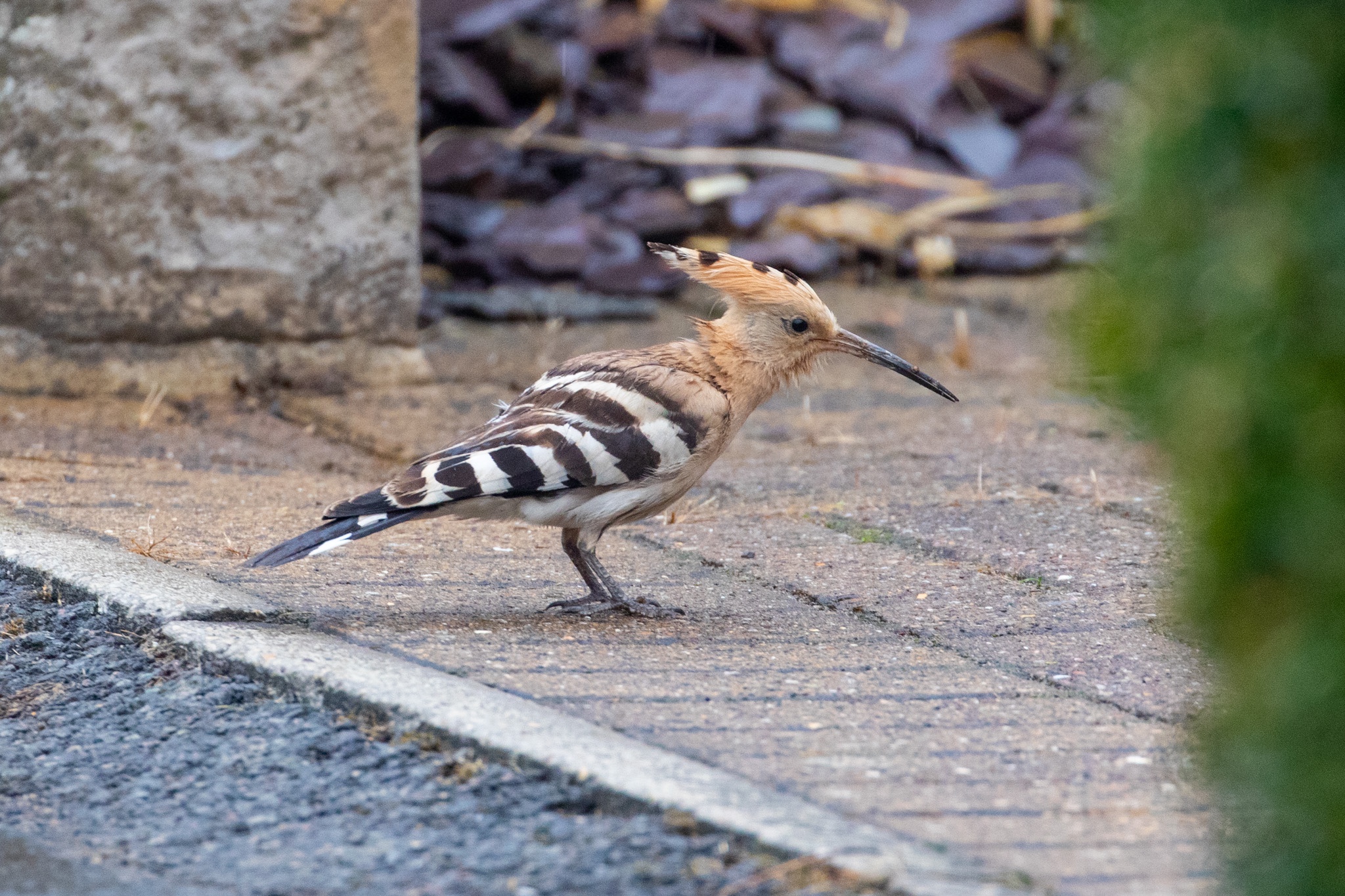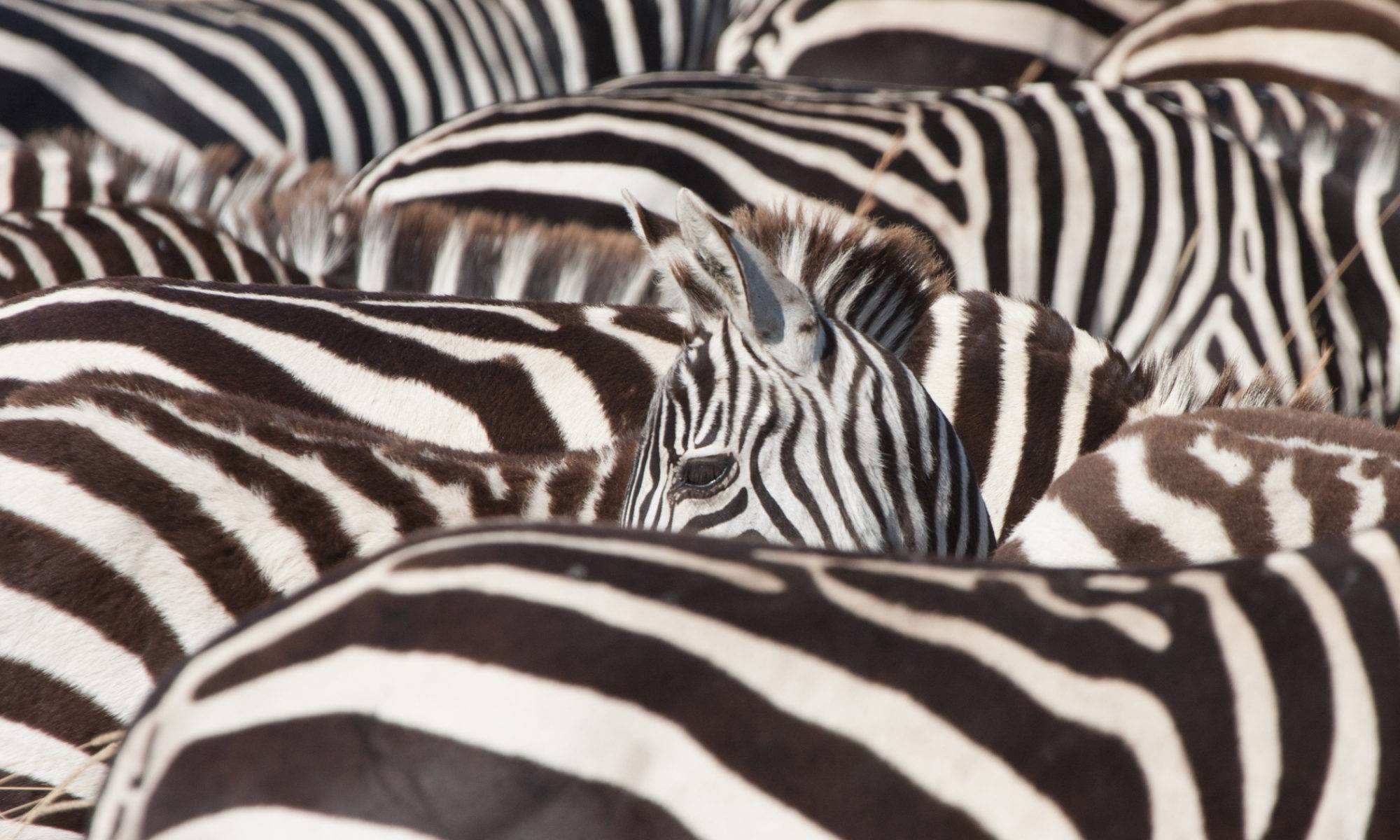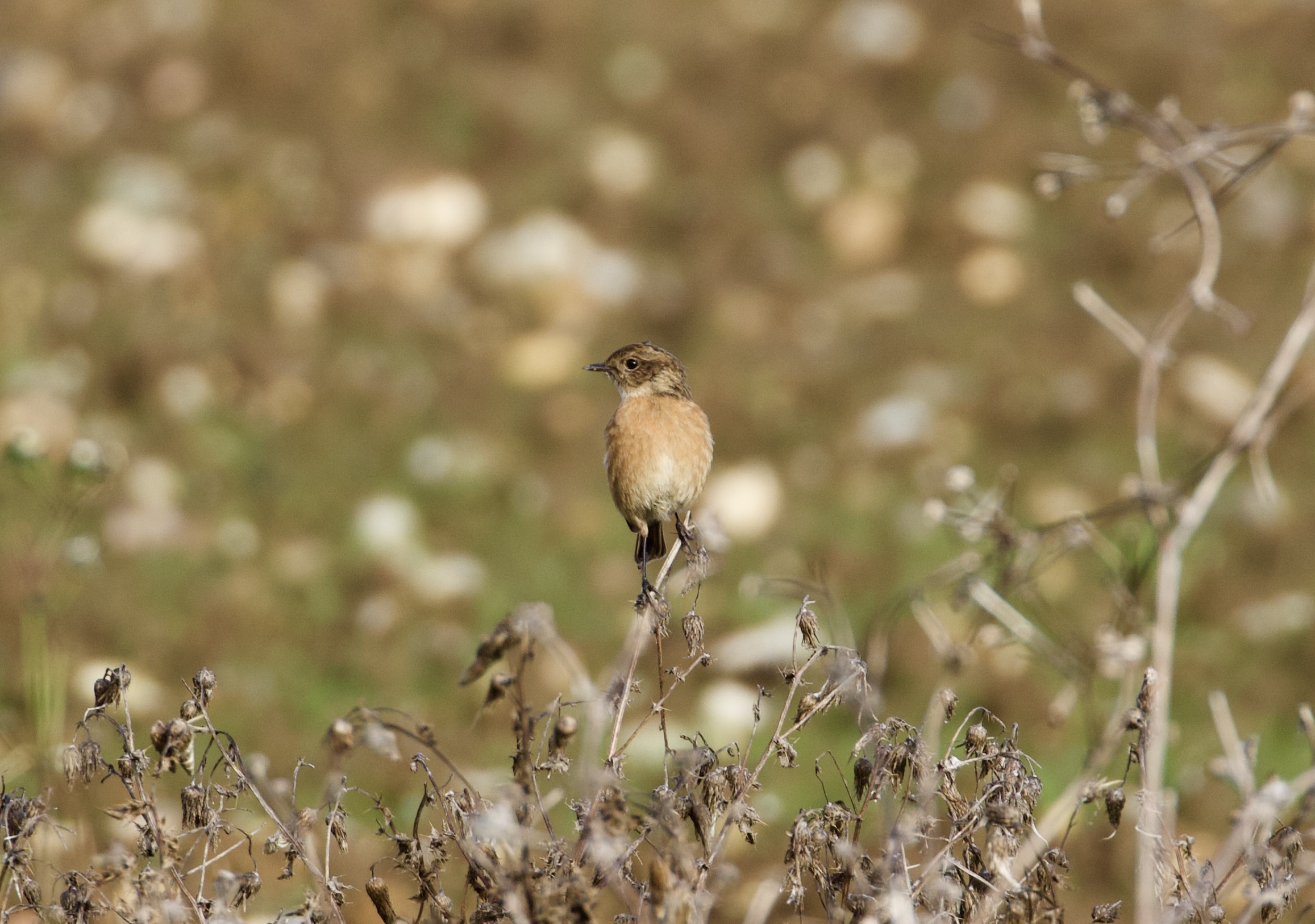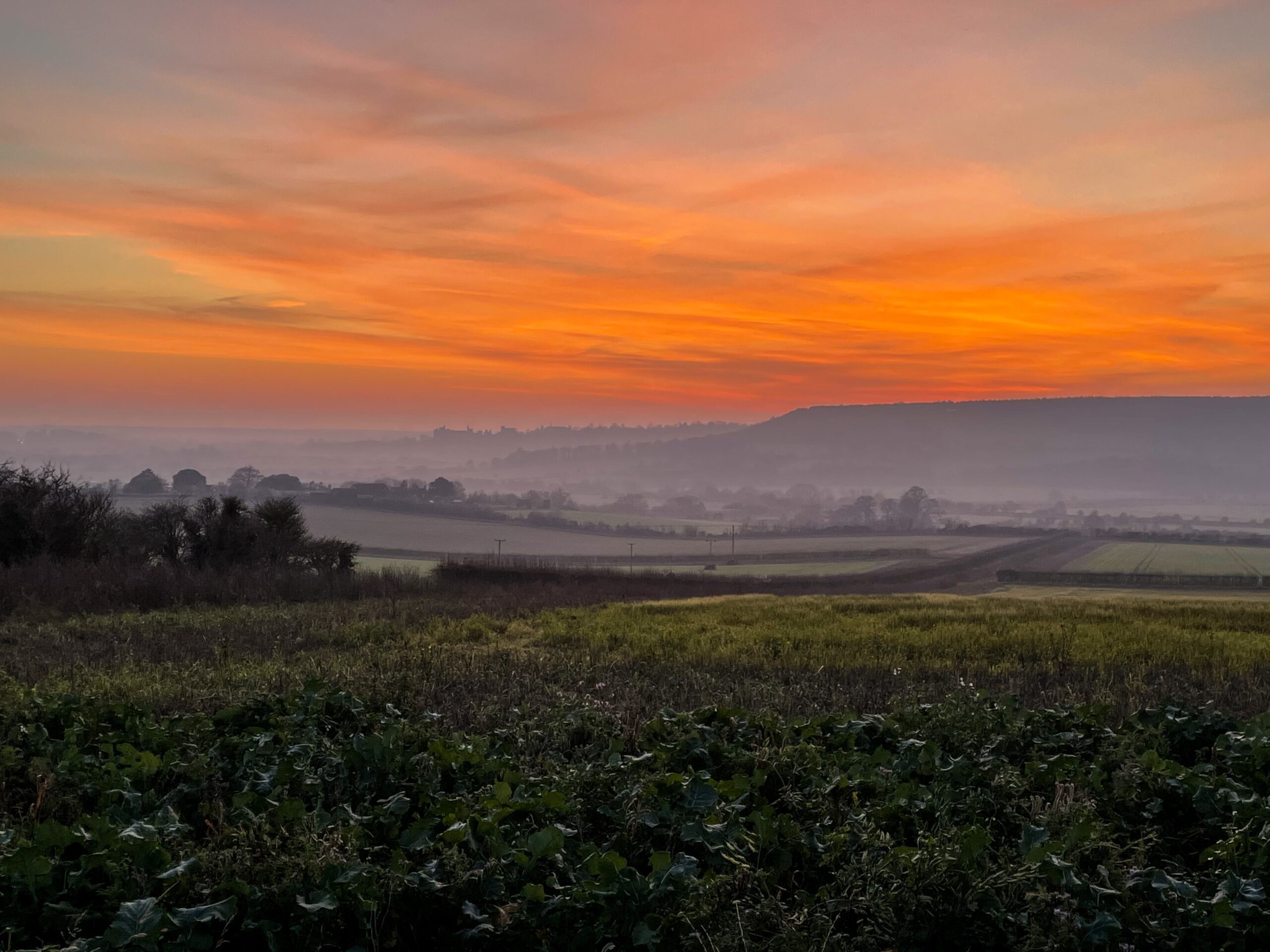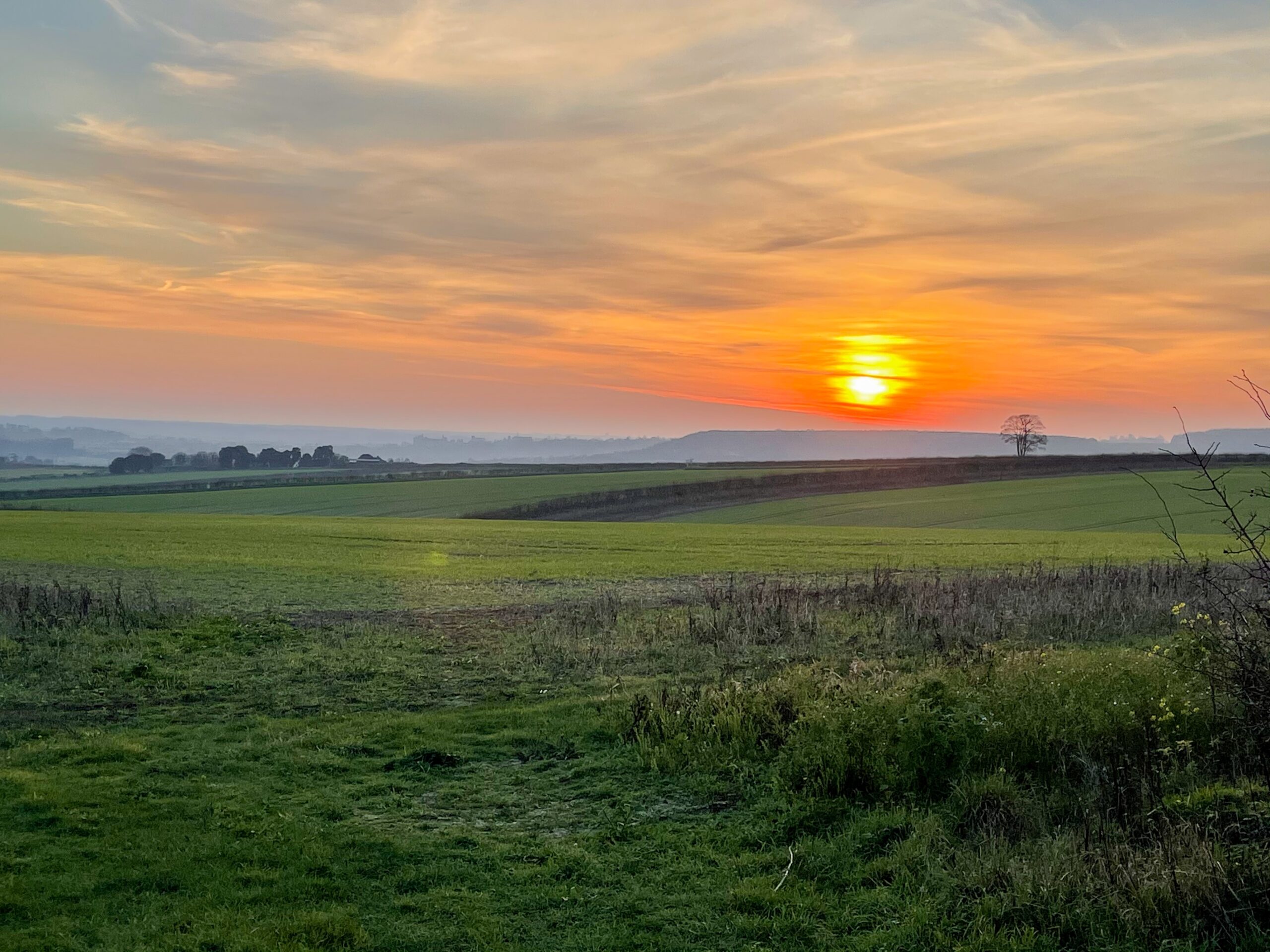It’s all been a bit quiet of late, with a combination of lockdown and bad weather keeping me in (and hardly anything has been worth photographing when we have been out). Here’s a Red Kite from a walk which did have a bit of sun, and a terrible picture of the Dartford Warbler (one of two?) on Cissbury Ring. It’s a really uncooperative bird as you can see.
Happy New Year
A happy new year to you all. 2021 seems to be starting as gloomily as 2020 ended, but for us the year started at 0530, getting up on a frosty day for a 29 mile walk to Rackham and Burpham in search of White-fronted Geese and Bewick’s Swans. We were successful seeing our targets, distantly, and 69 species was an excellent start to the on foot list. On 3rd we topped it up with a walk along the coast to add some waders and seabirds.
The plans for this weekend were for a walk to Pulborough, abandoned due to the lockdown, and then another trip to the coast, which we also abandoned, as it looks like the busiest place around here. Instead we had three walks over the downs behind us, with almost no company, other than a lot of frost and mist. A few waders and some Corn Buntings nudged the list onto 96.
Best of all was the Barn Owl that the cold weather has brought to the fields behind us. The views haven’t been good, but it’s a treat so see such a beautiful bird out of your bedroom window.
All quiet
Birding is winding down for the year now. Last weekend’s effort to pick up Tundra Bean Goose and Pink-footed Goose (in with various flocks of Russian White-fronted Goose) turned into a true wild goose chase, finding only Greylag and Canada Goose. 24 miles seems like a long way to add only a Siberian Chiffchaff to the foot list, so it seems like it’s stuck at 185, which is a pretty good effort considering the 6 or 7 species missed on the sea due to a lack of seawatching during lockdown.
In the wetland behind us, the fields look perfect for waders, but a walk around yesterday yielded only a Stonechat, only my second there.
Buntin’ huntin’
Another twitch today, to Surrey, where a Little Bunting, rare enough on its own, and a Rustic Bunting, a UK lifer, have been hanging around during the lockdown. Unlike the usual birds that clear off on Thursday night, before I can get there at the weekend, they waited until lockdown was over and still hung around into the weekend.
Early seems to be the most reliable time, and indeed we waited a whole 5 minutes after getting onsite at about 0800. Unfortunately the light was shocking, and as it improved, but never became good, the birds became more elusive. Eventually we had to go (just before the sun came out and the birds behaved, apparently), but we got nice views of a couple of special birds, even if the photos are ropy.
The Burgh
Rather than a long walk, we drove to The Burgh today and did 8 miles around, in the hope of raptors. While we weren’t unsuccessful, with a Short-eared Owl, Buzzards, many Kites, Sparrowhawk, Kestrel and a Merlin that bustled past, everything was a bit too far away for photography. Instead Karen test drove the camera on her new phone…
Wild duck chase
The plan for the day was to have a look at the sea off Widewater in Lancing, walk down to Shoreham and go up the Adur to Bramber in search of the two Goosander that had been seen there yesterday. It was going to be a decent walk, but they had been seen flying south, so if they were downriver then we could go home earlier.
Calling in at Brooklands park early on we accidentally ended up counting finches, as there was a major passage of Goldfinch, with smaller numbers of Redpoll, Siskin and Chaffinch. This took a couple of hours, as we ended up with 3438 going over in numerous flocks of 10-100. It was a bit frenetic at times, but at least we were able to count without angry Republicans threatening us. As well as the finches we had a late Swallow and a very late Common Whitethroat. The sea was dead, other than a few Brent Geese and a single Red-throated Diver east.
At Shoreham we were entertained by a Kingfisher (a second bird was more distant) and waders including a Knot and four Grey Plovers, needed by Karen for her on-foot list. On we went up the river, but it was duckless. Bramber was reached and passed without success and eventually Karen decided to stop, while I carried on round one more corner. Nothing. Returning to Karen I found three Goosander: I had walked past them on the way upriver – perhaps they were tucked in under the bank, or maybe I’m just blind. They gave excellent views until some paddle boarders flushed them. Species 182 on the year’s on-foot list and beating last year’s total. On the way back two Kingfishers had a running battle alongside us, before we eventually left the river and headed over the Downs to home. A long and slow, but rewarding, 20 miles.
I didn’t take the heavy SLR, so these are taken in bad light with compact cameras.
Lockdown = Dartford
It’s been a while since my SLR has been out and rather longer since I downloaded some photos from it. Today was a glorious day, so a walk up to Cissbury Ring was a chance to take some pictures. It’s been a good autumn for Dartford Warblers on the coast, and the Ring had at least one, which actually cooperated. Ironically, Dartford Warbler was the first decent bird we had in the first lockdown, too. A flyby Hen Harrier was a nice treat too. There are a few pictures from the last couple of weeks too.
Turned out nice again
The plan for Karen’s birthday was to have a couple of nights in a shepherd’s hut in the New Forest and have a good long walk with a pub lunch in the middle. That’s exactly what we did. Unfortunately Storm Barbara wasn’t part of the plan, which meant that the first six miles of the walk were done in grey conditions and a fairly heavy rain. The remaining twelve miles were in absolutely torrential rain, with the tracks running like rivers. When, late on, we came to a wide and fairly deep stream, without the advertised footbridge it wasn’t really a hardship to wade across: it didn’t make us wetter, but it did clean some of the mud off.
Needless to say, the wildlife and photographic opportunities were somewhat limited.
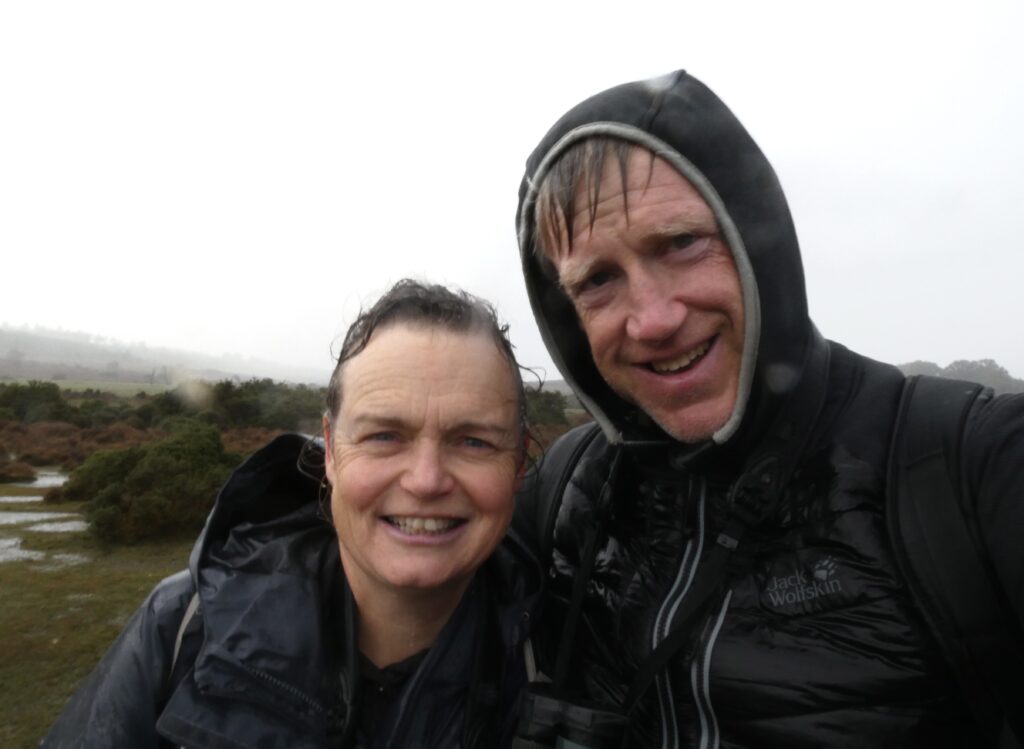
Hard yards and smart birds
Walking has been a bit patchy of late, with less light and worse weather limiting opportunities. A couple of good days this weekend meant we could get out. On Friday evening we had a walk to our favourite restaurant, and 4.5 miles back in the dark after a superb meal (and perhaps some drink). On Saturday I decided I would walk to Burton Mill Pond in the hope of seeing the Purple Heron. We’d missed it on Friday afternoon, and it’s at the end of my range (particularly in my current state of fitness) so I was expecting, and half-hoping, to fail again and drive back home with Karen. After a bit of a wait, it showed itself briefly, meaning I was going to have to walk back. A short look around the woods failed to find the Yellow-browed Warbler, but did give views of Crossbill and Redpoll. About five hours later, I finally dragged myself in, having walked 37 miles.
Today I was rather creaky and so we weren’t going to do too much, but I was dragged out of bed by a report of a Radde’s Warbler at Seaford. That’s a world lifer for me, and a bird I’ve been after for years, so we were out pretty quick. It took a while, but eventually we got nice views of this skulker, and then we went over to Beachy head for the much more cooperative Lapland Bunting that was incredibly confiding.
Up North
We’re up in Harrogate at the moment, helping clear the house ahead of a move. In our spare time we have managed a couple of trips over to Flamborough, with mixed results, some nice migrants on Monday, and a bit of a poor day today, rescued by a fantastic Hoopoe that was cleaning the gutters in a housing estate in Collingham.
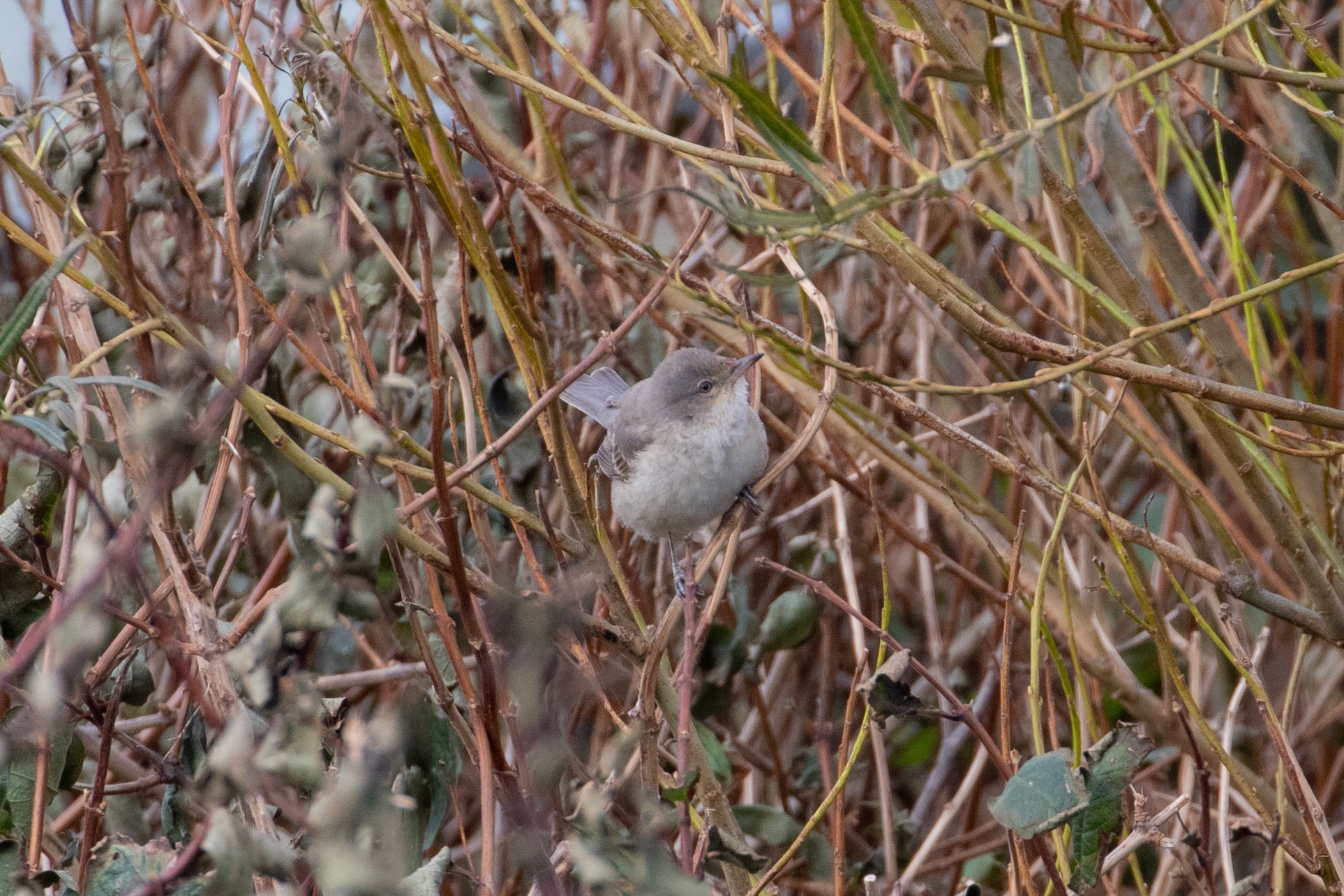
One of two Barred Warblers in a bramble patch 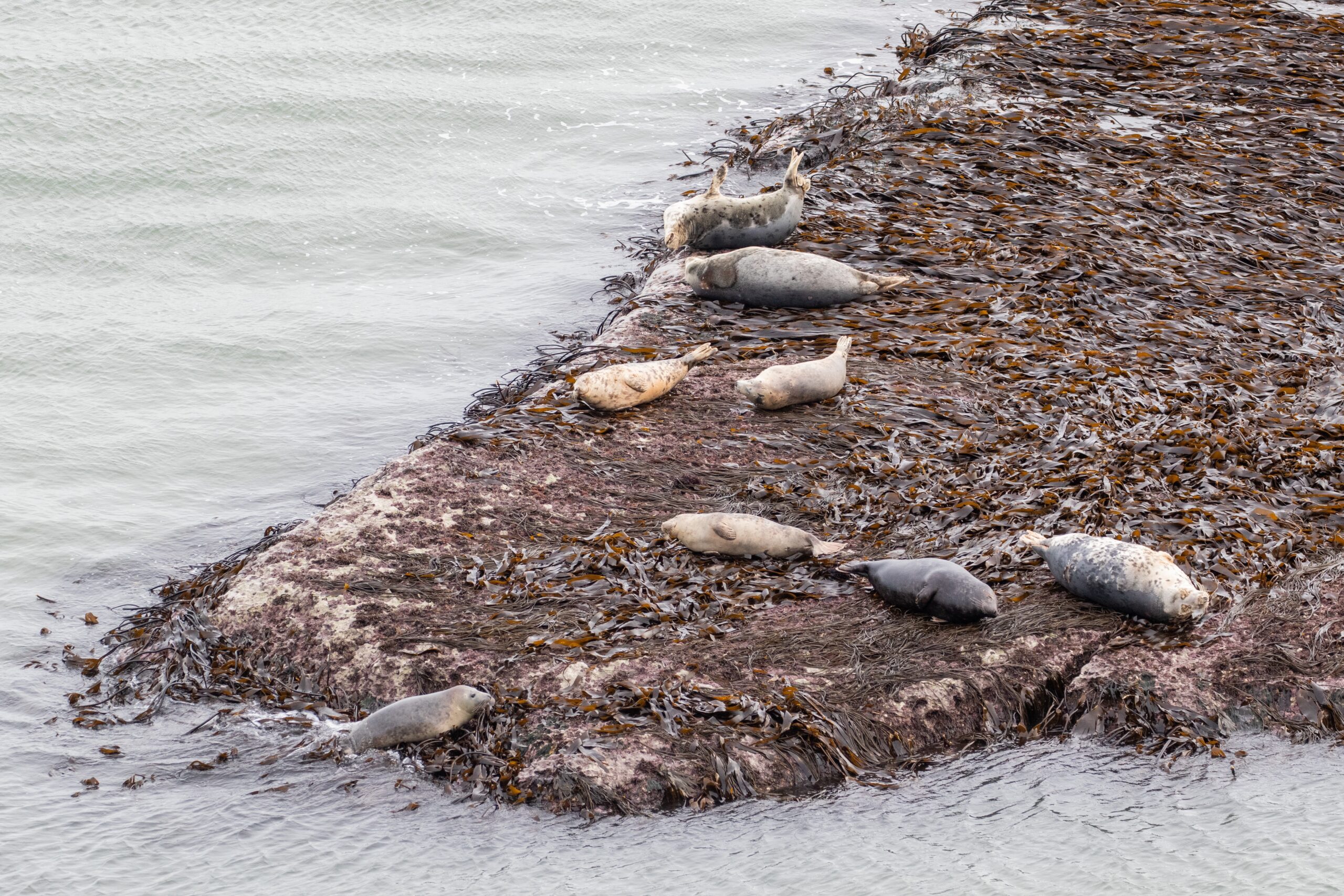
Atlantic Grey Seals 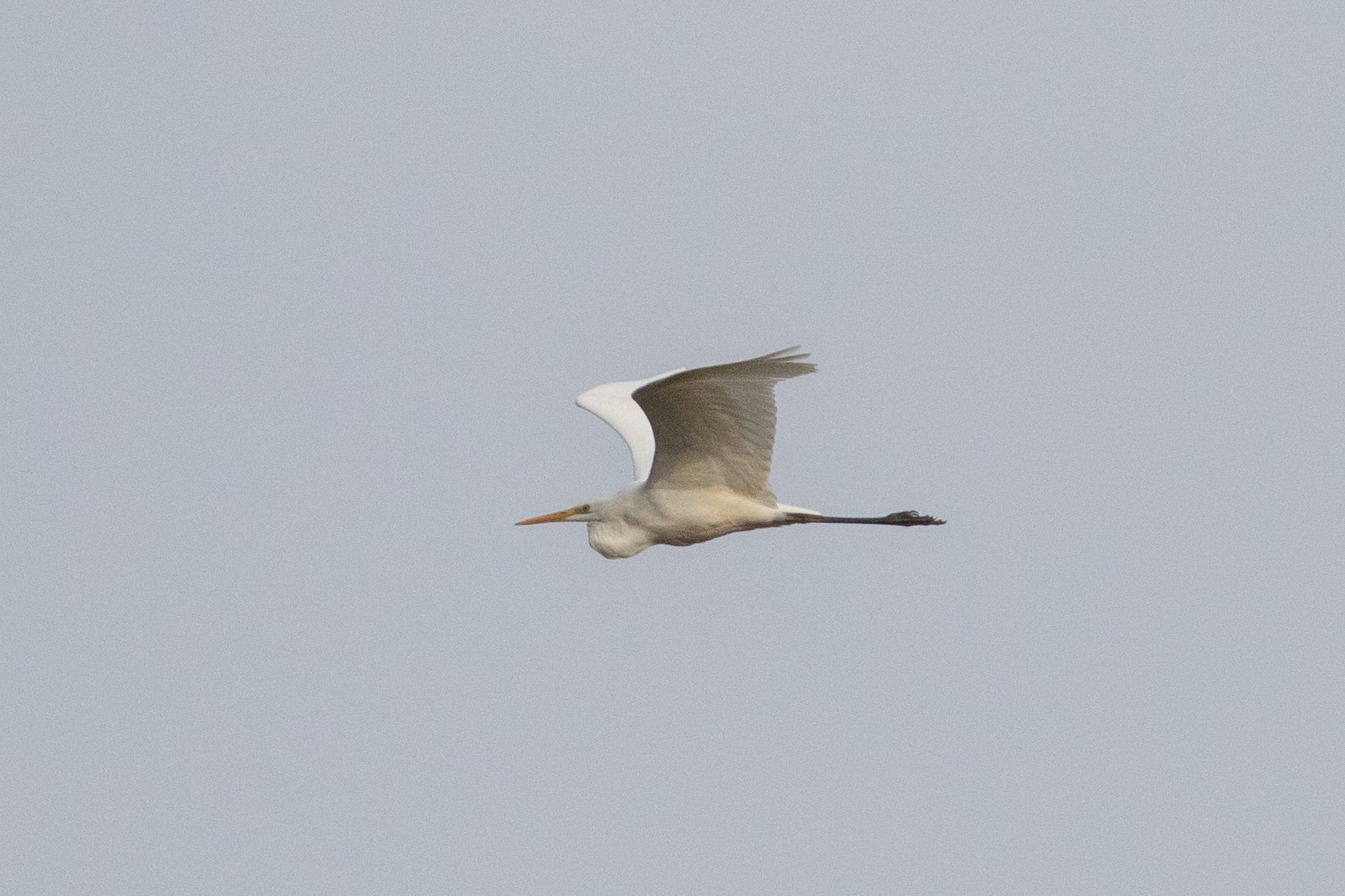
My first Yorkshire Great Egret 
Nice to see a red-throated Red-throated Diver 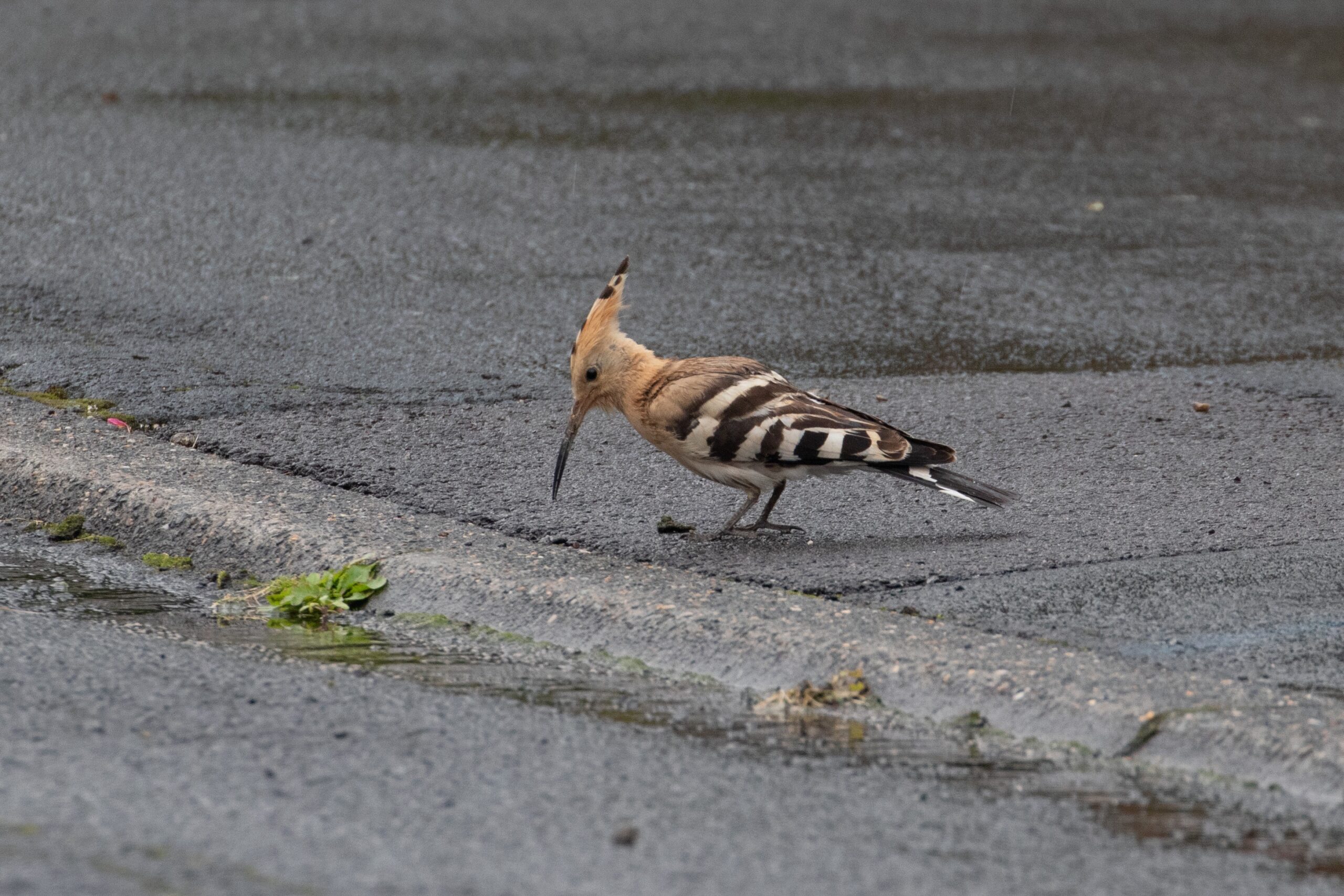
Immigrants! The come over here and they take road sweepers’ jobs… 